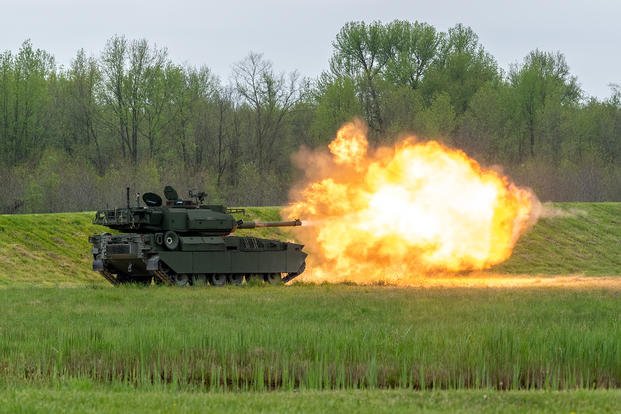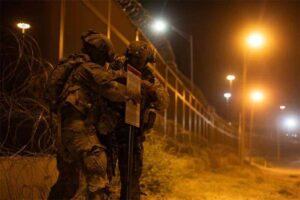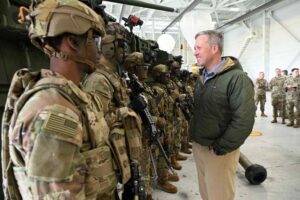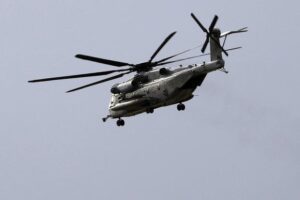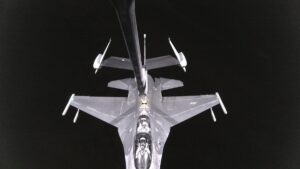The Army’s decision to discontinue the M10 Booker, a short-lived armored fighting vehicle, underscores a strategic shift towards modern warfare technologies, while simultaneously raising concerns about the potential gap in firepower for infantry units in future conflicts.
Despite being operational for only two years, the Booker was part of a broader initiative to enhance the firepower of light infantry brigades. Designed for mobile protection and offensive operations against armored threats, its cancellation highlights the Army’s evolving focus on advanced technologies over traditional ground warfare machinery.
“We are infusing [infantry units] with drones, autonomous systems, robots,” stated Gen. Randy George, the Army’s top officer, during an appearance on the War on the Rocks podcast this week.
Defense Secretary Pete Hegseth aims to equip every Army division with drones and anti-drone systems by the end of next year. However, clarity is lacking regarding the extent of these capabilities and the preparedness of the Army’s doctrine and training.
The Booker was intended to fill a critical capability gap as the Army shifted focus towards more conventional warfare. Although the vehicle provided a strategic advantage in conflicts against less-equipped adversaries, its absence raises questions about the readiness of infantry brigades to face well-equipped enemies.
Retired two-star general Patrick Donahoe emphasized the importance of maneuverability in combat: “You still need to be able to move the infantry and get into close contact with the enemy. The most critical element is that last mile of the infantryman.”
The vehicle’s original design goal was to be lightweight and air-deployable, but its 42-ton weight restricted deployment capabilities, with only one being transportable per C-17 aircraft. This limitation contrasted sharply with the M1 Abrams tank, which weighs 74 tons.
Future deployments of infantry brigades will likely rely on complex logistics, involving not just air but also rail and ship transport. The Booker was scheduled to be introduced at Fort Bragg, North Carolina, and other bases not engaged in airborne operations, such as the 4th Infantry Division at Fort Carson, Colorado, and the 101st Airborne Division at Fort Campbell, Kentucky.
The Army has not disclosed any plans to replace the Booker with another firepower-heavy armored vehicle for infantry units.
As the Army balances modernization with its traditional combat roles, insights from the conflict in Ukraine are being closely examined. The conflict has become a testing ground for new warfare technologies and strategies.
The defense industry is keen on developing new technologies, offering lucrative contracts to the Defense Department. However, a senior Biden administration defense official cautioned, “We have to be careful to not be so quickly seduced by the promises of tomorrow, and put all of our eggs in one basket.”

